mos Fortune, Free Man by Elizabeth Yates (1950; reprinted, Puffin Books, 1989) is a middle-grade biography set in the early 1700s. It is the recipient of the 1951 Newbery Medal. This classic piece opens along the Gold Coast of Africa. Based on a true story researched by the author, a fifteen-year-old African prince is captured by slave traders and sold to a Quaker family, the Copelands, who renamed the boy Amos. The Copelands teach Amos the Quaker faith and help him learn the weaving trade. Amos refuses to view himself as a slave and proposes how he could buy his freedom. Caleb dies before Amos is released, and Amos is consequently sold to Ichabod Richardson. He, too, treats Amos well and teaches him the tanning trade. Eventually, Amos finally buys his freedom, falls in love with Lily, a slave, and buys her freedom. When Lily dies, Amos marries Violet, a slave, and buys her freedom as well as her daughter’s. Despite many long years as a slave, Amos remains resolute, steadfast, and bold in his sense of self-worth and determination for freedom. In fact, his desire for freedom spills over to others. Amos lived as a free man until his death on November 17, 1801.
A word study is an investigation of meanings. The word study will compare definitions, particularly when a word can have several meanings based upon its use. Study the word “boldness.” List several meanings and discuss those meanings as a family. Give examples of scenarios that require boldness and people who are or were considered bold. Look up verses in the Bible where the word bold was used to describe something, maybe a person or a particular character trait. Scripture examples include Proverbs 28:1, Ephesians 3:12, Acts 4:31, and 2 Corinthians 3:12. After completing the word study, discuss where a person’s boldness and strength come from, especially when that individual meets a challenge. How does what was learned in the word study or discussion apply to Amos Fortune, what he faced, and how he reacted to situations?
While with the Copeland family, Amos learns the art of weaving. Research the craft of weaving, including important vocabulary (weft, warp, bias, weight, and grain), types of weaves (plain, twill, satin, dobby, and jacquard), and how technology changed the process. Make a cardboard loom, and experiment with different types of weaves.
Amos buys his freedom and uses the skills Mr. Richardson taught him to start a tanning business. Learn more about the role of a tanner and why this trade was in high demand in this time period. Purchase and complete a leather craft kit, perhaps a coin purse, belt, or moccasins.

Read the Declaration of Independence, which was adopted by Congress on July 4, 1776. Pay particular attention to “We hold these truths to be self-evident, that all men are created equal, that they are endowed by their Creator with certain unalienable Rights, that among these are Life, Liberty and the pursuit of Happiness…” Amos refers to these words in a notable quote from the book: “The struggling colonies had been bound together by words on a parchment, words that said ‘All men are created equal…,’ words that were to become the foundation stone of a nation, words easily ascribed to in the enthusiasm of youth when they signified breaking the bonds of restriction and tyranny, words hard to explain to the black man who looked to the white for wisdom and understanding.” In light of how God values His people and the Declaration of Independence, discuss what Amos meant by his words.
Though this novel is written for middle school learners, there is great historical significance to the content, which makes it worth digging into further.

